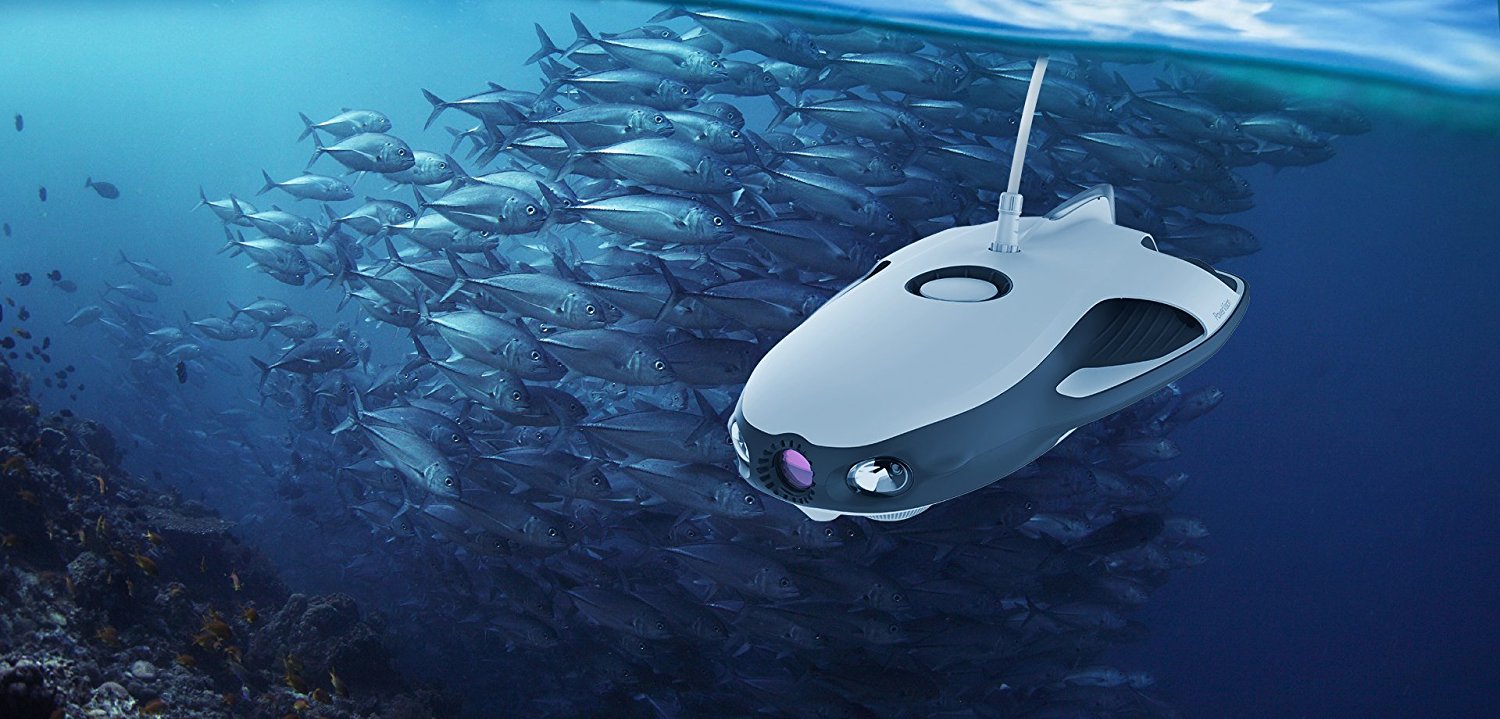Best Underwater Drones For Sale 2024
Updated August 11, 2024 Best Underwater Drones for Sale Public fascination with underwater drones is growing by leaps and bounds. The undersea world is getting increasing exposure through TV and the media and that has fueled curiosity to participate in diving and fishing and everything in the water. We are also in a technology boom … Read more
